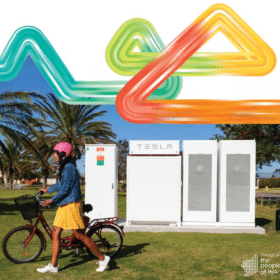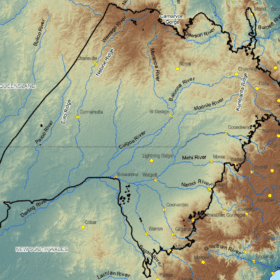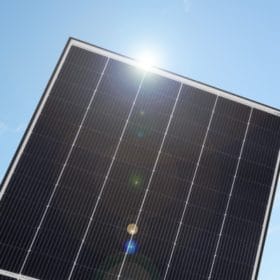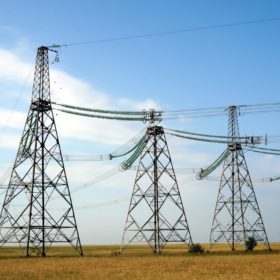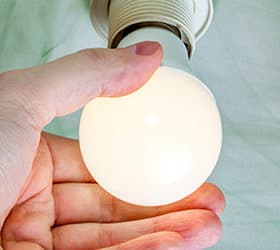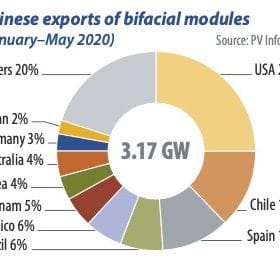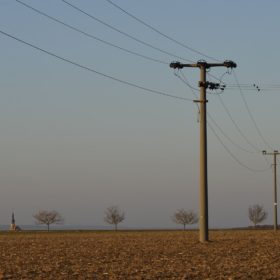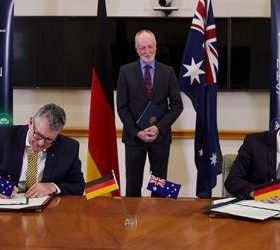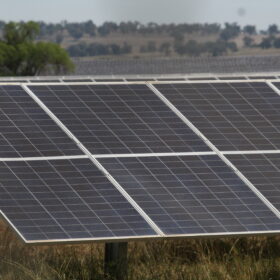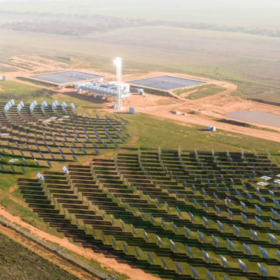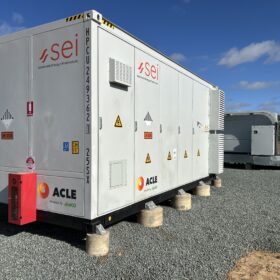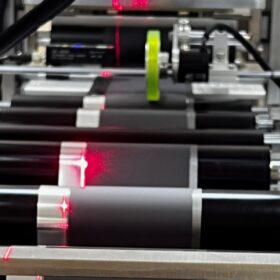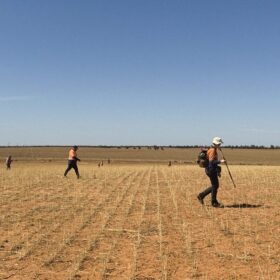50 Megs more of distributed storage called for in WA’s south west
WA continues to work through its precise roadmap to manage the state’s vast distributed rooftop solar resources and enable further uptake of renewable generation. Pre-Christmas, Western Power is seeking to engage private enterprise in providing a value stack of storage services.
200 MW K-REP solar farm: Queensland’s Korean-sponsored green gas play
Hydrogen demand in South Korea is expected to reach 17 million tonnes by 2050. An ambitious solar PV project in the heart of Queensland’s unconventional-gas country, plans to be an early green supplier of the manufacturing nation’s hydrogen needs.
New research gauges Australia’s battery energy storage pipeline at 7 GW
New analysis from Cornwall Insight Australia has put Australia’s current battery energy storage pipeline at 7 GW. Of course, the vast majority of that projection is still firmly in the proposal phase, but the over 900 MW of energy storage thought to be developed by 2024 is still far in excess of AEMO’s ISP 2020 forecast, begging the question, how is the NEM going to fit it all in?
New module on Australian market promises efficiency increase
South Korean PV manufacturer Hanwha Q Cells has launched a new high-density module in Australia, claiming its ‘zero-gap’ technology elevates solar efficiency up to 21.1%
The future of power electronics is distributed, aggregated and service oriented
IHS Markit released a white paper in which the analyst outfit shared some predictions for the power electronics market. First and foremost, inverters will become smarter, and after some power outages in key markets, these devices are gearing up to take on more grid stabilising tasks, which hitherto had been reserved for synchronous generators.
VIC sets new energy efficiency targets for reductions in bills and emissions
Victorian Minister for Energy, Environment and Climate Change, Lily D’Ambrosio, has announced accelerated targets for the Victorian Energy Upgrades program, a way for Victorians to save on their bills and contribute to the state’s emissions reduction targets.
Weekend read: Prospects for bifacial and large-format products
The pandemic and accidents at polysilicon labs in China’s Xinjiang region put PV manufacturers under pressure to maintain production this year, while slowing cell and module R&D. After half-cut and multi-busbar becomes commonplace, manufacturers will continue to explore the high-density assembly methods that emerged last year, as well as n-type cells. But the market is also shifting to large formats, and the share of bifacial products is growing this year. As sizing up modules can bring immediate returns, PV InfoLink’s Amy Fang expects the PV industry to prioritise the development of large formats and bifacial products next year.
Asian Development Bank provides more than $1bn finance for renewables power lines
The development lender has followed up a $600 million loan for distribution infrastructure in eastern Indonesia with a $430 million credit line for installations in India.
Victorian DER marketplace trial funded as grid integration blueprint
The Australian Energy Market Operator has received funding to develop a major Victorian Distributed Energy Resources marketplace in an Australia first trial.
Work begins on German-Australian “hydrogen bridge”
The joint-feasibility study into green hydrogen production and trade between Australia and Germany has officially begun, work on what the German Federal Minister of Research has dubbed the “Wasserstoffbrücke,” or “hydrogen bridge”.
